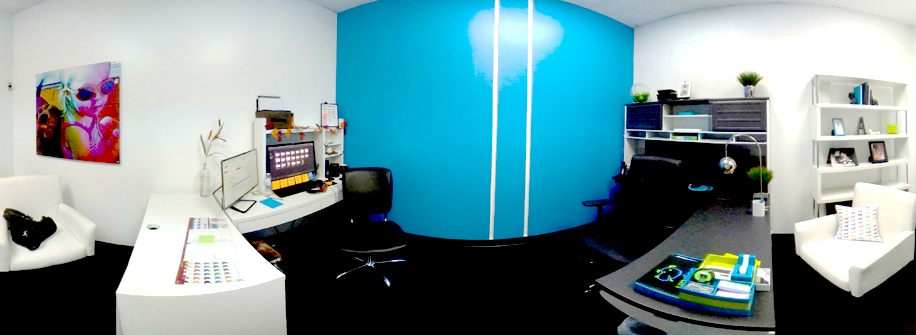There is an expression that goes, it’s not what you say, it’s how you say it. While some of it can be debated, we couldn’t agree more when it comes to design. Graphic design is very much a visual language with the capability to create, build, and maintain businesses, messages, and stories. Much like any other language, being fluent in this visual language has the power to deliver these messages powerfully, appropriately, and directly. To that effect, not knowing or having the right grasp on design can also hinder one’s goals.
For most, graphic design is not second nature and it tends to be the first to go when trying to communicate a substantial amount of information. What if I told you, you can say more, say it better, with less. If you understand design then it becomes that much easier to get points across. There is often a debate among business owners and entrepreneurs of how much one should invest in design. The questions are; Aren’t designers just overpaid artists? What am I getting out of this? Couldn’t I do this myself? And so on. Even though you might be paying a fee for design on a single product that potentially you could do yourself, what you don’t see is the thought process, time spent working on it, by a trained, seasoned professional who knows what works and what doesn’t. An average designer will know what is needed to get your story or message out there in an effective and aesthetically pleasing way. It gets better. Most designers do research your company and industry not only for inspiration but also known to create unique pieces for your industry that will fit in and also simultaneously stand out.
The value of a great designer and a good design seems almost priceless when you think about the work and the expertise that goes into each design. While you could DIY it there is always a benefit to taking your project to a graphic designer. To get more out of your designs we encourage to 1. Look up designers and their portfolios for a style you might like, 2. Bring in examples of what you like and don’t like, and 3. Have a purpose or message for a design. With that, let a designer translate for you to your clients what you want them to know. The result will be worth it.

